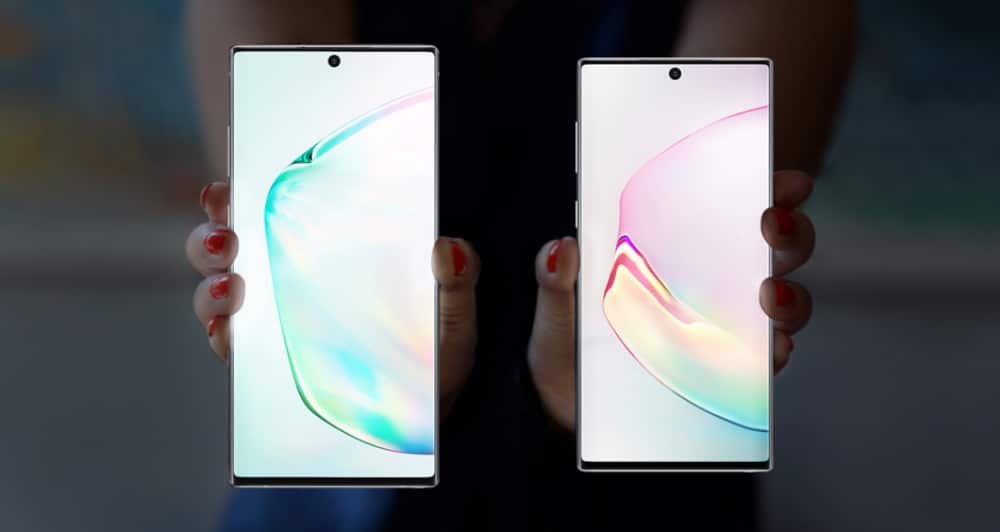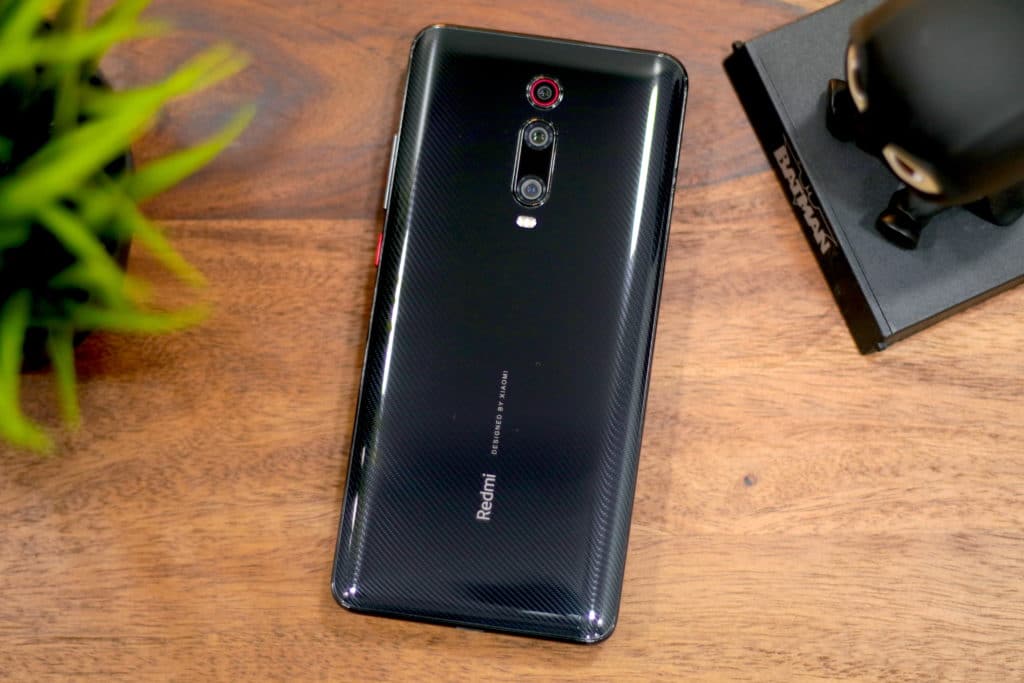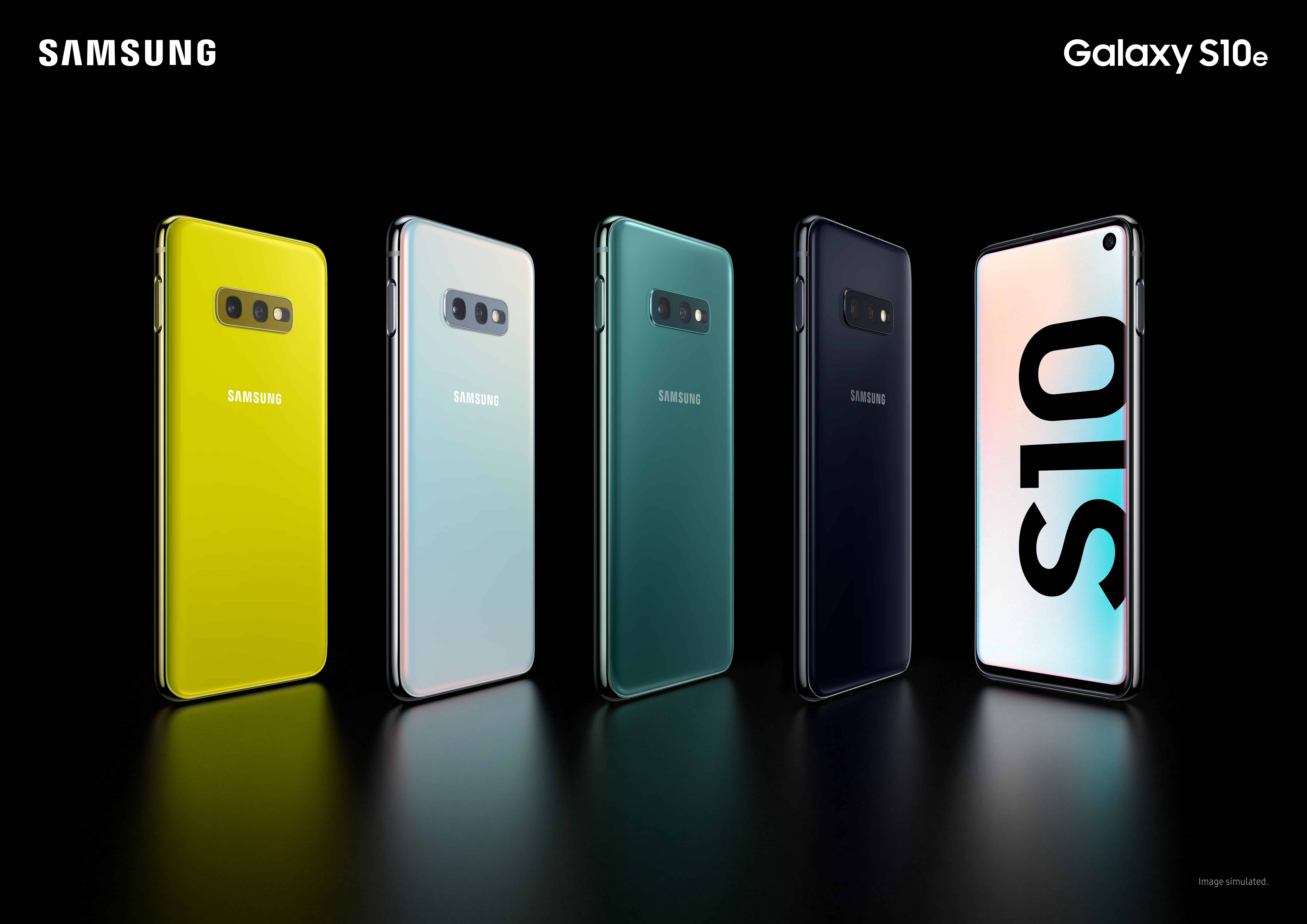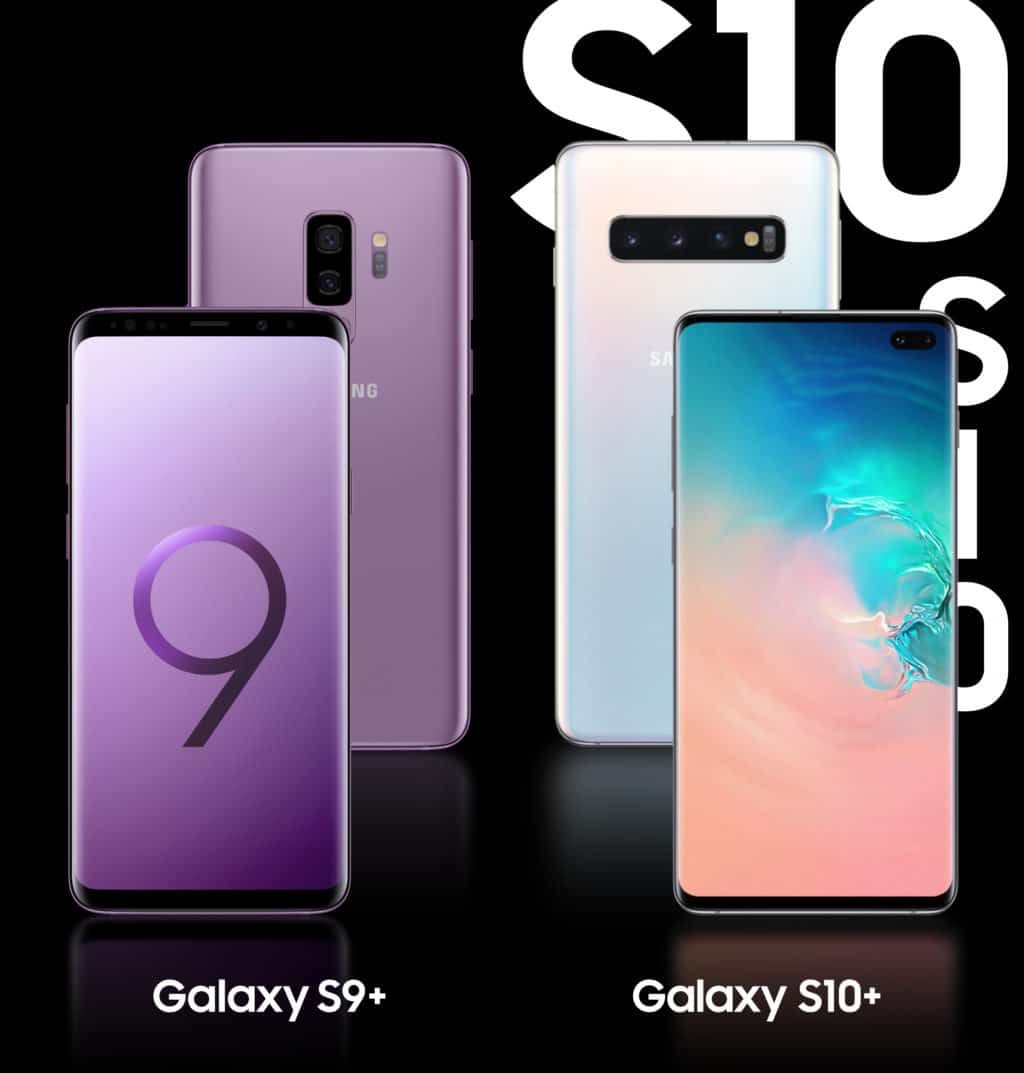The launch of the iPhone X last night has got everyone talking. Can any Android smartphone actually take on Apple’s most expensive $999 iPhone? Well, if there is any company that can compete against the iPhone X, it’s Samsung. And the company has not one but three different devices to compete against Apple’s best offering.
So, let’s quickly do a spec comparison and see how the iPhone X compares to the Samsung Galaxy Note 8, Galaxy S8+, and the Galaxy S8. These three Samsung devices are widely considered to be among the best Android devices in the market right now and until Google’s second generation Pixel XL lands, they are the Android devices you should be spending your money on.
| Basis of Difference | iPhone X | Galaxy S8 | Galaxy S8+ | Galaxy Note 8 |
| Dimensions | 143.6 x 70.9 x 7.7 mm | 148.9 x 68.1 x 8.0 mm | 159.5 x 73.4 x 8.1 mm | 162.5 x 74.8 x 8.6 mm |
| Weight | 174gms | 155g | 173g | 195g |
| IP Certification | IP67 | IP68 | IP68 | IP68 |
| Display | 5.8-inch Bezel-less OLED display | 5.8-inch Super AMOLED Infinity Display | 6.2-inch Super AMOLED Infinity Display | 6.3-inch Super AMOLED Infinity Display |
| 1125 x 2436 resolution, 458 ppi | QHD+ resolution – 2960×1440 | QHD+ resolution – 2960×1440 | QHD+ resolution – 2960×1440 | |
| HDR, Dolby Vision, 3D Touch, True Tone | Always On Display | Always On Display | HDR, Dolby Vision, Always On Display | |
| Chipset | A11 Bionic Chip – 6-core 64-bit chip, 10nm process, M11 motion coprocessor | Snapdragon 835 – US Only – Octa core (2.3GHz Quad + 1.7GHz Quad), 64 bit, 10nm process | ||
| Dual-core Neural engine | Exynos 8895 – International markets – Octa core (2.35GHz Quad + 1.9GHz Quad), 64 bit, 10nm process | |||
| RAM and Storage | 3GB LPDDR4 RAM, 64GB and 256GB storage | 4GB RAM (LPDDR4), 64GB (UFS 2.1) storage, microSD card slot | 6GB RAM (LPDDR4), 64GB (UFS 2.1) storage | 128/256GB variants in certain international markets | |
| Camera | Rear: Primary 12MP OIS (F1.8), OIS | Rear: Dual Pixel 12MP OIS (F1.7), 1.4um Pixel | Rear: Primary Dual Pixel 12MP OIS (F1.7), 1.4um Pixel | |
| Secondary: 12MP (F2/4), 2x Optical Zoom, OIS | – | Secondary: 12MP (F2/4), 2x Optical Zoom, OIS | ||
| Front: TrueDepth 7MP (F/2.2) | Front: 8MP AF (F/1.7) | |||
| Battery | TBA | 3000mAh | 3500mAh | 3300mAh |
| Fast charging | Fast charging | |||
| Qi wireless charging | Fast wireless charging | |||
| Connectivity | Wi-Fi ac, LTE-A | Wi-Fi 802.11 a/b/g/n/ac (2.4/5GHz), VHT80 MU-MIMO, 1024QAM, LTE Cat.16 | ||
| Bluetooth 5.0, NFC with Reader mode, Lightning port, GPS | Bluetooth v 5.0 (LE up to 2Mbps), ANT+, USB Type-C, NFC, Location (GPS, Galileo, Glonass, BeiDou) | Bluetooth v 5.0 (LE up to 2Mbps), ANT+, USB Type-C, NFC, Location (GPS, Galileo, Glonass, BeiDou) | ||
| Sensors | Gyroscope, Accelerometer, Proximity sensor, Ambient light sensor, Barometer | Accelerometer, Barometer, Fingerprint Sensor, Gyro Sensor, Geomagnetic Sensor, Hall Sensor, Heart Rate Sensor, Proximity Sensor, RGB Light Sensor, Iris Sensor, Pressure Sensor | Accelerometer, Barometer, Fingerprint Sensor, Gyro Sensor, Geomagnetic Sensor, Hall Sensor, Heart Rate Sensor, Proximity Sensor, RGB Light Sensor, Iris Sensor, Pressure Sensor | |
| OS | iOS 11 | Android 7.0 | Android 7.1.1 | |
| Software Features | Apple Pay, Portrait mode, Portrait Lighting, Siri, ARKit | Samsung Pay, Facial Recognition, Bixby with dedicated hardware button | Samsung Pay, Facial Recognition, Bixby with dedicated hardware button, Live Focus | |
| Colors | Silver, Space Gray, Gold | Midnight Black, Orchid Gray, Arctic Silver, Coral Blue, and Maple Gold | Midnight Black, Deep Sea Blue, Orchid Gray, Maple Gold | |
| Others | ARKit, Animoji | ARCore | S Pen with 4096 pressure points, Always On Display, Screen Off Memo, Live Message, ARCore | |
| Biometric Authentication | Face ID | Face unlock, Iris scanner, fingerprint scanner | ||
What do you think? The Galaxy Note 8 is clearly better than the iPhone X in many areas, though the latter wins in certain aspects as well like Animoji, ARKit, and Portrait Lighting mode.



















